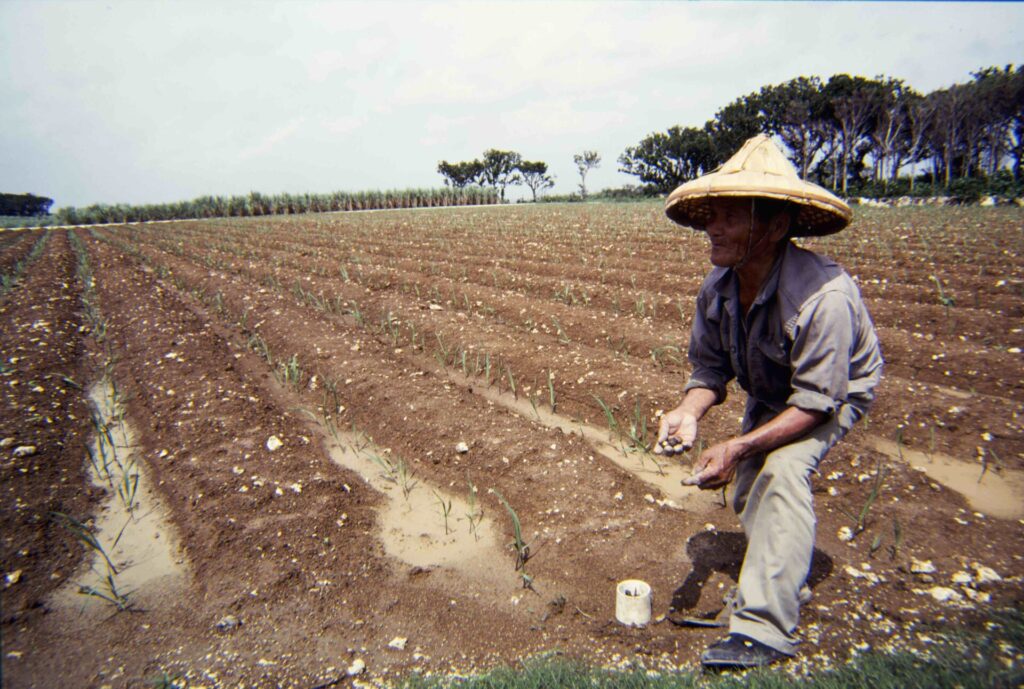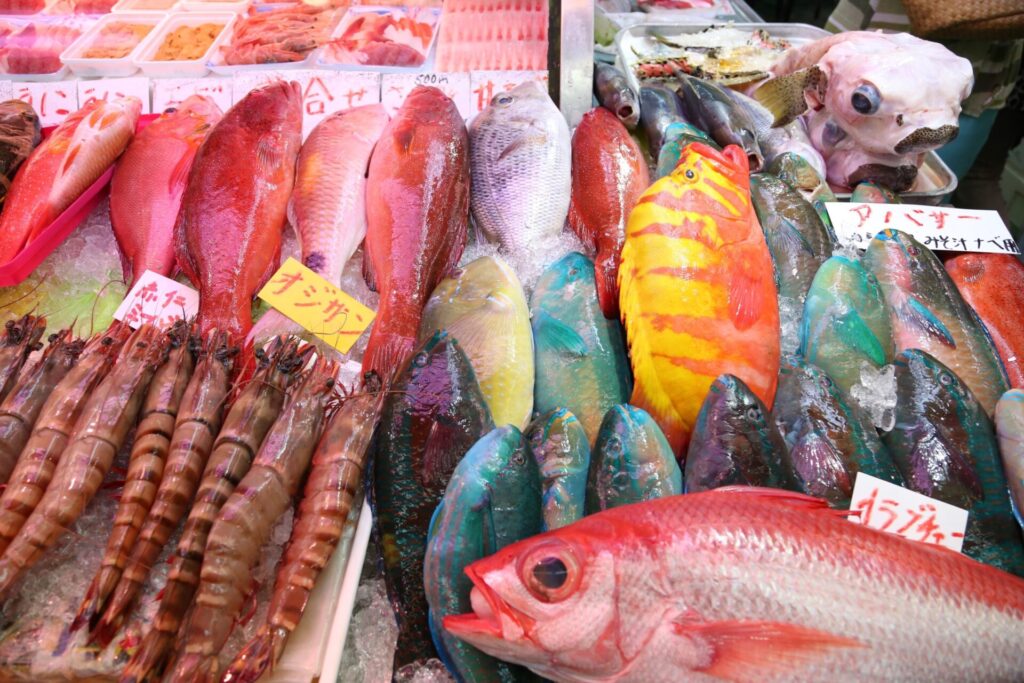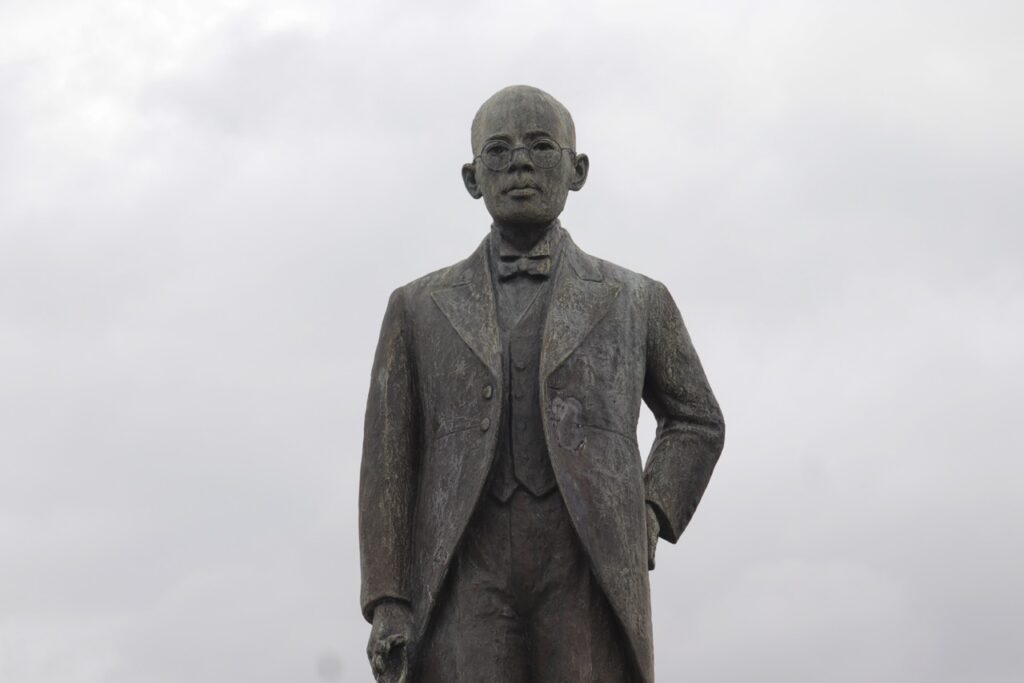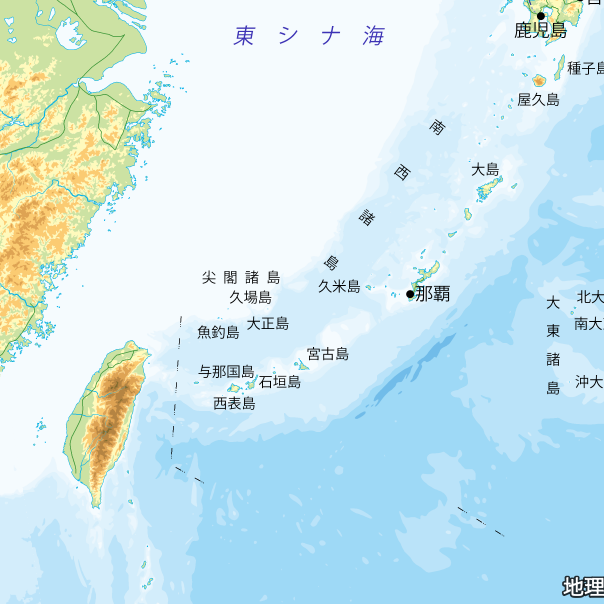July 30th

On July 30th, 1978, according to the return of rights (the reversion of Okinawa to Japan in 1972,) the laws of Okinawa changed to left-hand traffic like the rest of Japan after thirty-three years of operation under the American right-hand traffic laws.
From 22:00 the day before, a special traffic regulation was put in force to close the road and forbid parking in all of the prefecture. While the renewal of traffic division signs and other works were conducted throughout the night, citizens waited quietly for the sun to rise in their homes.
Near 6:00 in the morning, people crowded around the overpass on National Route 58. Everyone wanted to be the first to see the cars running the opposite way. At 6:00, the first bus began to run on the right-hand traffic. Gradually, more and more cars appeared. I was a sophomore back then; I witnessed that historical moment in front of the TV. “Let’s go take a look”: after breakfast, my father and I got in the car. It felt strange “to go take a look” when we had to run the left side of the road ourselves, but that was how we felt.
My father drove in the wrong direction once before going into the National Route. The narrow roads were fine, but when he turned left at an intersection with two lanes on each side, he turned wide on the outside like how he always did and entered the opposite lane. “That’s the wrong way, wrong way!” I cried. The central divider was blocking us from going back to the left lane. While cars coming from our front frightened us with their horn, my father backed up bit by bit to the intersection and managed to right a wrong. It was embarrassing.
There must have been many like my father. The documents of that time say “(the traffics) in cities paralyzed for over ten days due to a succession of confusion and accidents.” During the eight days until August 6th, there were 41 accidents resulting in injury or death, and 528 resulting in damage to property or other vehicles. There were 1644 accidents in total that year. Roughly calculated, 35% of the accidents occurred during these eight days.
Such a situation may have made the drivers more attentive. On an annual basis, the number of accidents that year was about 350 fewer compared to the year before.
The traffic laws reversed, and so did the flow of people. Many businesses were hit hard. For example, when people go out to Yanbaru from Naha, the gas station on the right side towards the North was popular during the right-hand traffic. However, that station had to close up as the traffic changed to the left. Like the souvenir shop or the shopping street in front of a bus stop, such cases were numerous. Some have even argued for compensation but as it was too difficult to draw the line, all they could win was a low-interest loan from the government at the most.
The buses were all renewed as well. The left-hand drive types with doors on the right side had all changed into right-hand drive. They were partially reused after conversions though most of them were scrapped or exported to Taiwan. Many say they “saw a left-hand drive silver bus (of Naha Transport)” in Vietnam or other Asian countries. It’s been over twenty years since1, but I wonder if they are still running there.
Editor’s Note:
- The article was written in 1998.




































































































































































































































